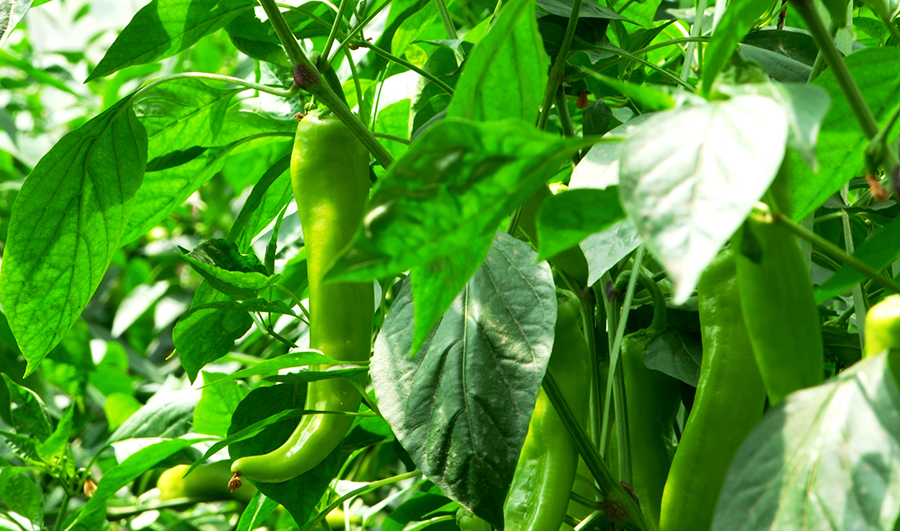JIANG Tong, WANG Hui, CHEN Ning, FU Xiang, YANG Yanjie, LIN Duo
The agronomic traits of clustered pepper were studied in Southwest Shandong Province Area,molecular fingerprinting were established,in order to support the similarity evaluation methods with molecular level and agronomic traits,also to lay the foundation of varieties evaluation,varieties protection and varieties management.Eight clustered pepper varieties with different brand names were used as experimental materials,the number of single plants,fruit number per cluster,fresh weight per fruit,dry weight per fruit and color value were tested.UPGMA cluster analysis was used to evaluate the agronomic traits similarity among eight varieties.The genomic DNA was extracted by the kit method. Eight pepper materials with different biological characters were used to select 25 polymorphic InDel primers,and establish InDel molecular fingerprinting. Using agronomic traits and DNA fingerprinting,similarity evaluation was carried out among eight clustered pepper varieties. Accorded to the results of agronomic traits,the eight varieties all had the characteristics of better lodging resistance,compact plant type,high yield,and consistent performance. When the genetic distance was 0.78,the eight varieties were clustered into one major category in the agronomic characters.The fingerprinting established with 25 pairs polymorphism InDel primers,160 sites were amplified,and the amplified fragment size was 130-350 bp. In the InDel fingerprinting,there was only different in primers CIDH267 among 8 varieties,the amplified fragment size was 180-200 bp. Reference DNA fingerprinting method(NY/t1433-2007),SYJ-2,SYJ-6 and varieties SYJ-1,SYJ-3,SYJ-4,SYJ-5,SYJ-7,SYJ-8 were similar varieties.Based on agronomic traits and DNA fingerprinting could effectively evaluate the similarity among varieties. There were small agronomic characters differences,low level genetic diversity,higher similarity among the eight clustered pepper. So,the homogeneity and synonyms of clustered pepper was serious in this area.
